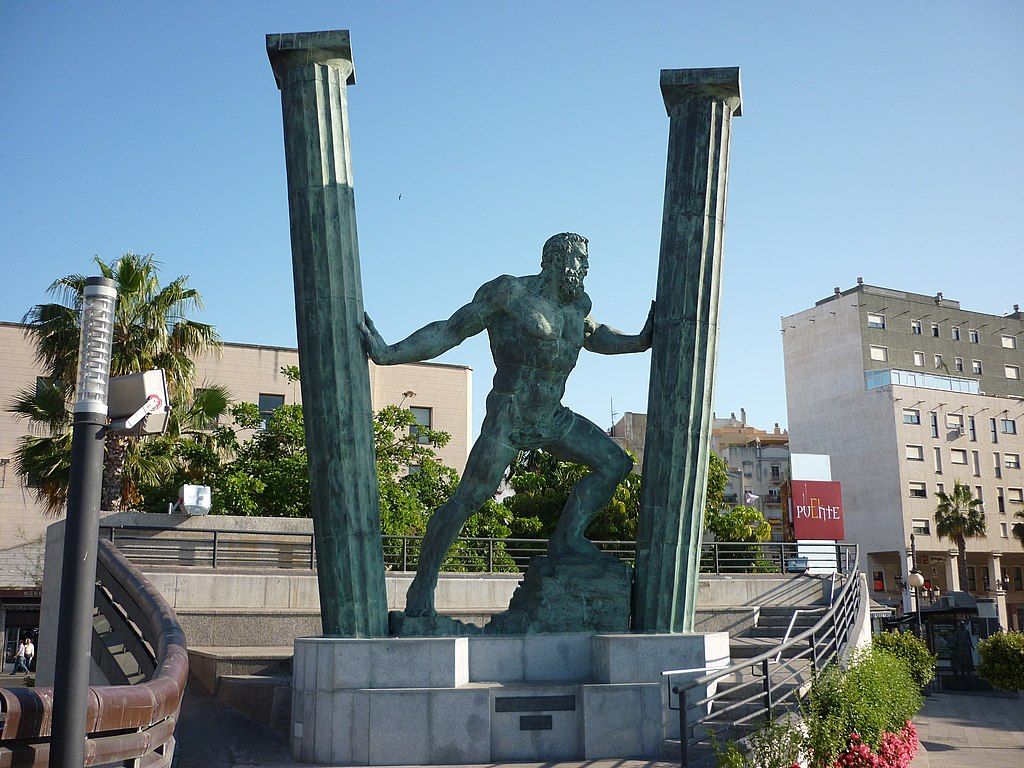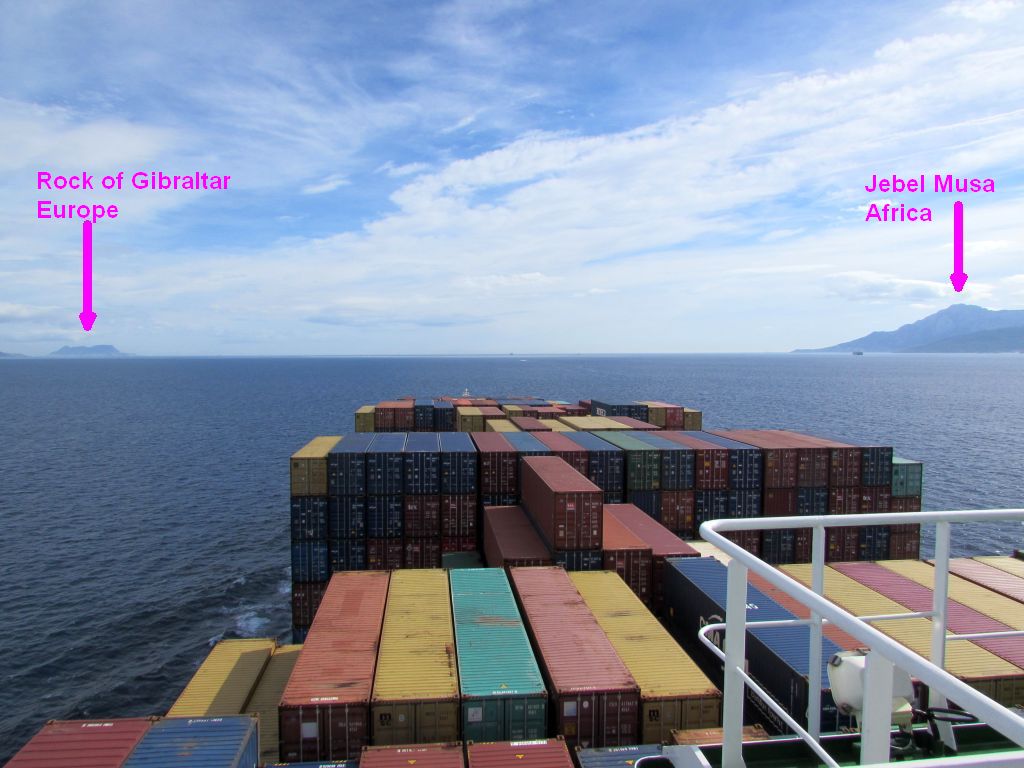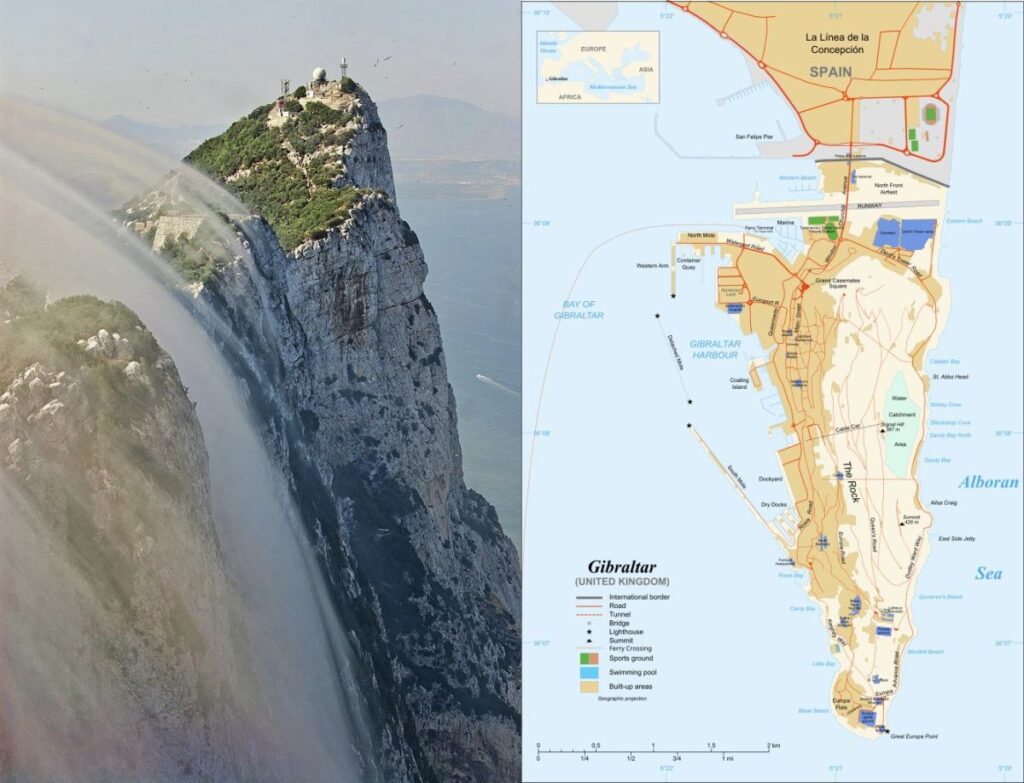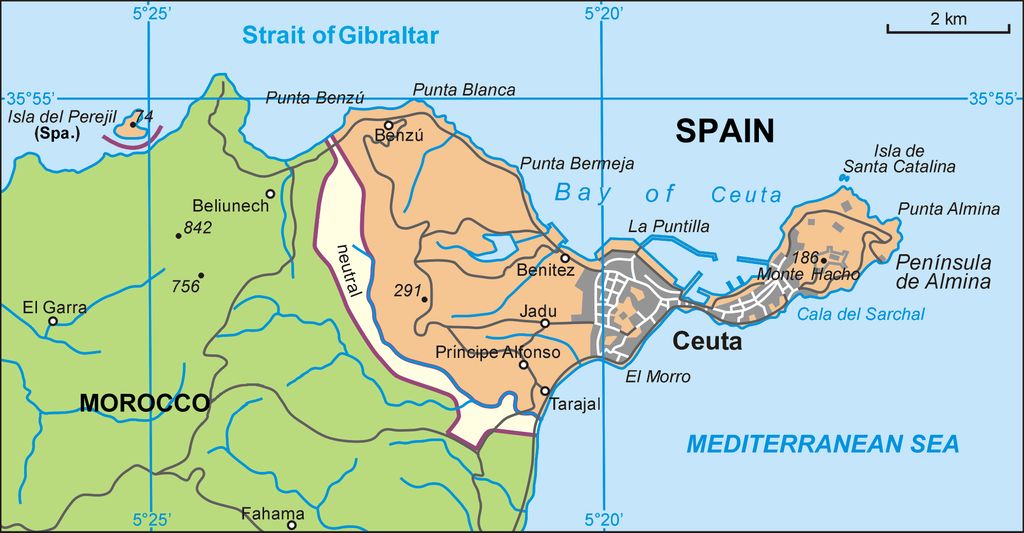
22 September 2024
Yesterday I described the amazing geologic event that created the Strait of Gibraltar. There is also a myth about its creation that says it was made by Hercules.
In Greek mythology, Heracles (= Hercules) was the strongest and most courageous man on earth and the greatest hero of Greece. He often used his strength to help others but he was not very bright and sometimes experienced fearsome rages or (one time) temporary madness induced by the Goddess Hera that caused him to kill his wife and children.
Whenever Hercules caused trouble, he was always contrite and accepted punishment for his mistakes. He felt terrible about killing his family and willingly accepted the punishment of completing 12 impossible tasks, the Labors of Hercules.
The 10th task was to collect the cattle of Geryon (a monster), which were housed at the western end of the Mediterranean basin, and take them back to Cyprus. On the way there…
According to some Roman sources, while on his way to the garden of the Hesperides [to complete his 10th task] on the island of Erytheia, Hercules had to cross the mountain that was once Atlas. Instead of climbing the great mountain, Hercules used his superhuman strength to smash through it. By doing so, he connected the Atlantic Ocean to the Mediterranean Sea and formed the Strait of Gibraltar. One part of the split mountain is [the Rock of] Gibraltar and the other is either Monte Hacho or Jebel Musa. These two mountains taken together have since then been known as the Pillars of Hercules, though other natural features have been associated with the name.
Interestingly, one version of the myth says the Mediterranean basin was dry at the time so Hercules’ action made it a sea again. It fascinates me that these myths describe something similar to what actually happened, even though humans would never have seen it. (According to Britannica the oldest known remains of the genus Homo date to 2.8–2.75 million years ago in Ethiopia.)
So now the Pillars of Hercules guard the entrance to the Mediterranean. No matter which way you sail through the Strait you will see them. In this photo a cargo ship is entering from the Atlantic so the Rock of Gibraltar in Europe is on the left, Jebel Musa (Mount Moses) in Africa is on the right.

p.s. At both sides of the Narrows there are governance surprises.
The Rock of Gibraltar and the town below it are a 2.6 sq.mi. British Overseas Territory called Gibraltar. It is not part of Spain. In 1704, Anglo-Dutch forces captured Gibraltar from Spain during the War of the Spanish Succession; it was ceded to Great Britain in perpetuity under the Treaty of Utrecht in 1713 (according to Wikipedia).

On the other side of the narrows on the Peninsula of Almina on the North African Coast is the town of Ceuta, an autonomous city of Spain. Ceuta is not part of Morocco. It is where the Pillars of Hercules statue stands, shown at top.
